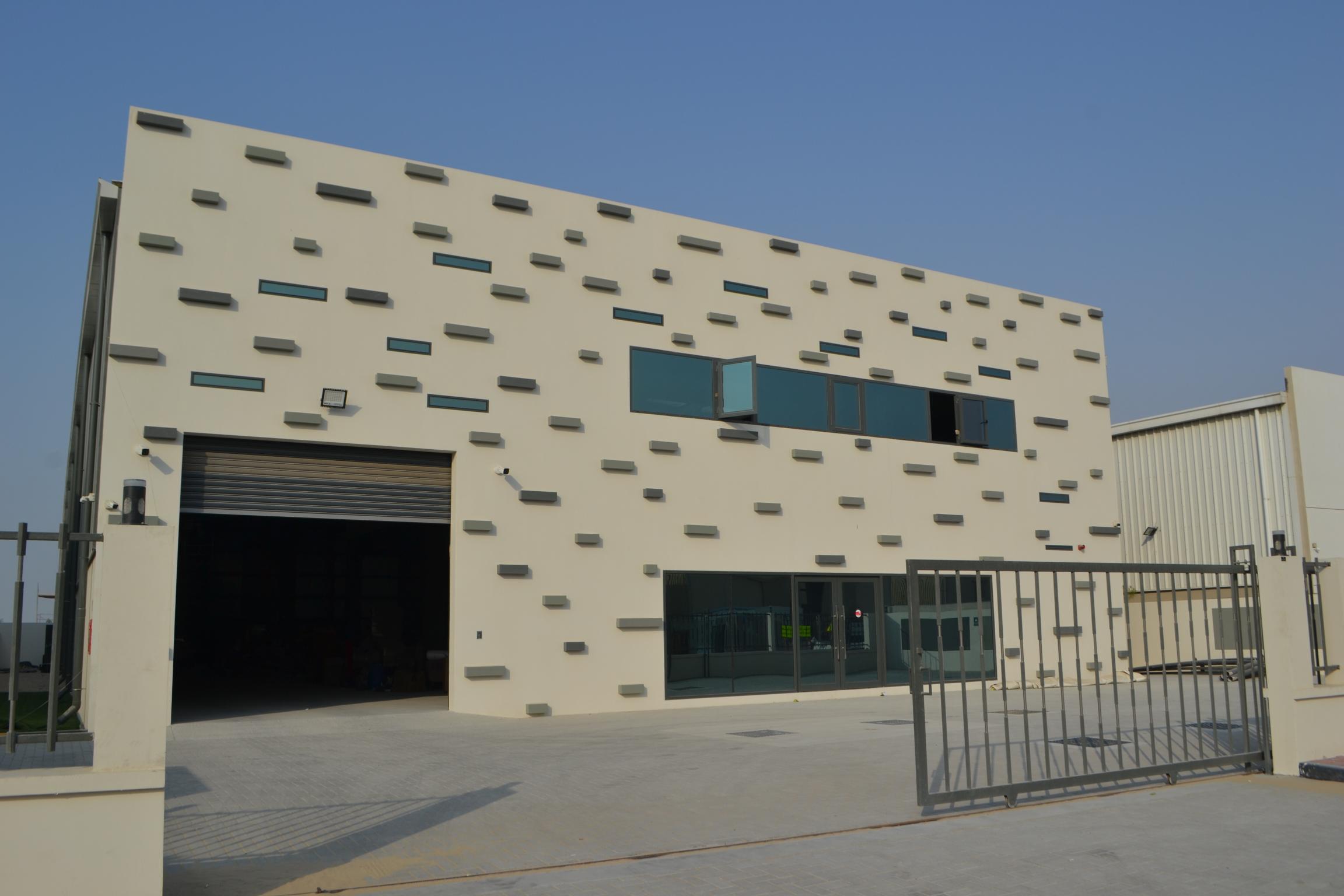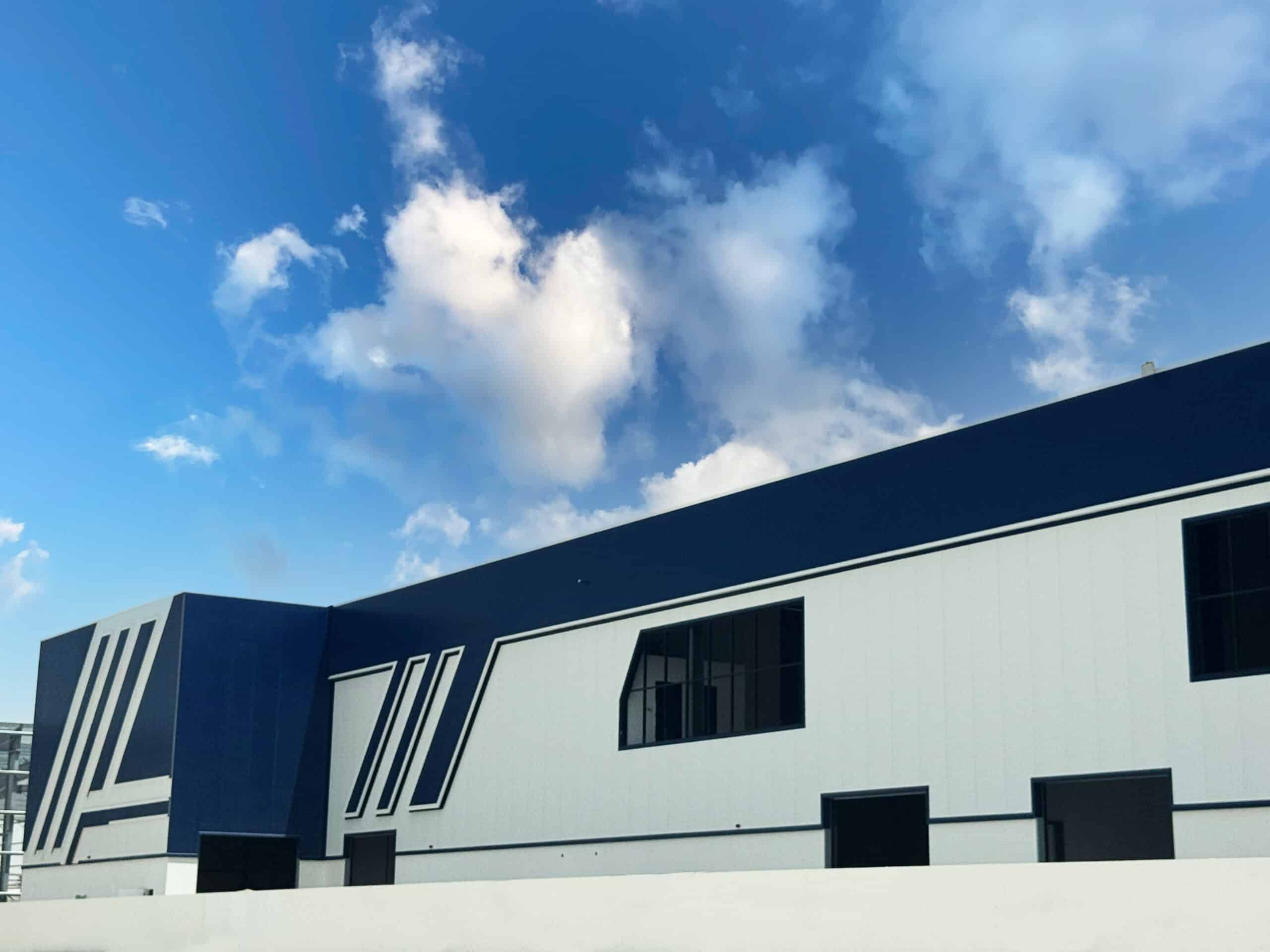Introduction – Is steel magnetic?
Steel is the backbone of modern construction, from skyscrapers to stadiums and industrial warehouses. Its strength, flexibility, and availability make it a go-to material for engineers and architects worldwide. In fact, according to the World Steel Association, global crude steel production reached 1.888 billion tonnes in 2023—a clear testament to its dominant role in global infrastructure and development.
But beyond its structural role, there’s a question that sparks both curiosity and practical concern: Is steel magnetic? Or to phrase it another way, can steel be attracted to a magnet? The answer isn’t as simple as you might expect—and it matters more than you think, especially in specialized industries like aerospace, electronics, and even steel construction in Dubai.
In this article, we’ll break down what steel is, when it’s magnetic, and how that magnetism (or lack of it) plays into its everyday uses—especially for steel frame construction companies working in environments like the UAE.
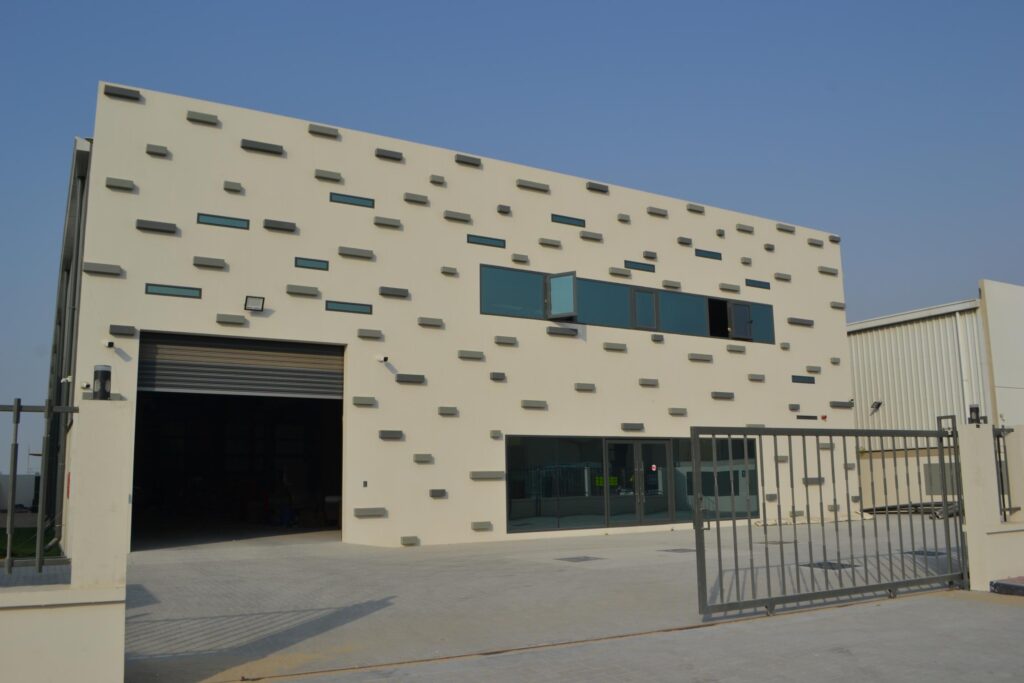
What is Steel?
Before we tackle whether steel sticks to a magnet, let’s break down what steel actually is.
What is steel made of?
Steel is a metal alloy, mainly composed of iron and carbon. It’s stronger and more versatile than pure iron, and depending on what else is added (like chromium, nickel, or molybdenum), it can gain all sorts of unique properties—such as resistance to rust or, you guessed it, magnetism.
Read our full guide: What Is Steel Fabrication
How is steel different from pure iron?
Iron is a pure element and very magnetic. Steel, on the other hand, is iron that’s been combined with other elements. Sometimes, these additions enhance magnetic properties, and sometimes they suppress them. So when you ask “is steel a magnetic material?” the answer is: it depends on the type of steel.
Types of steel and their compositions
Steel can be grouped into several categories:
- Carbon steel: Mostly iron and carbon—usually magnetic.
- Stainless steel: Varies! Some are magnetic, others not.
- Alloy steel: Mixed with elements like chromium, nickel, or manganese, which influence magnetism.
Is Steel Magnetic?
Here’s the real deal—is steel magnetic? In many cases, yes! But not always.
The role of iron in magnetism
Steel owes its magnetic nature to iron, which is a ferromagnetic material. That means it has unpaired electrons that align in a magnetic field. So yes, steel can be attracted to a magnet—but only if it retains enough of those magnetic properties from iron.
How alloy composition affects steel’s magnetic properties
The magnetic behavior of steel changes based on what it’s alloyed with:
- Nickel and chromium, common in stainless steels, often disrupt magnetic alignment.
- Carbon and manganese don’t disrupt it as much.
So, a basic carbon steel will almost always be magnetic, but some high-end stainless steels? Not so much.
Magnetic vs. non-magnetic types of steel
- Magnetic: Ferritic stainless steel (grades 409, 430), martensitic stainless steel (410, 420), and all carbon steels.
- Non-magnetic: Austenitic stainless steels like 304 or 316, commonly used in kitchenware and medical tools.
Types of Stainless Steel and Their Magnetic Behavior
Let’s zoom in on stainless steel, because this is where most people get confused.
Ferritic stainless steels: Magnetic properties and uses
These steels contain iron and chromium and have a crystal structure that supports magnetism. They’re used in architectural trim and appliances.
Martensitic stainless steels: Stronger magnetism explained
With more carbon, these steels are even more magnetic and are used in knives, tools, and turbines.
Austenitic stainless steels: Why they are usually non-magnetic
Even though they contain iron, their face-centered cubic crystal structure prevents magnetism. However, working or welding the metal can slightly alter its structure and make parts of it magnetic.
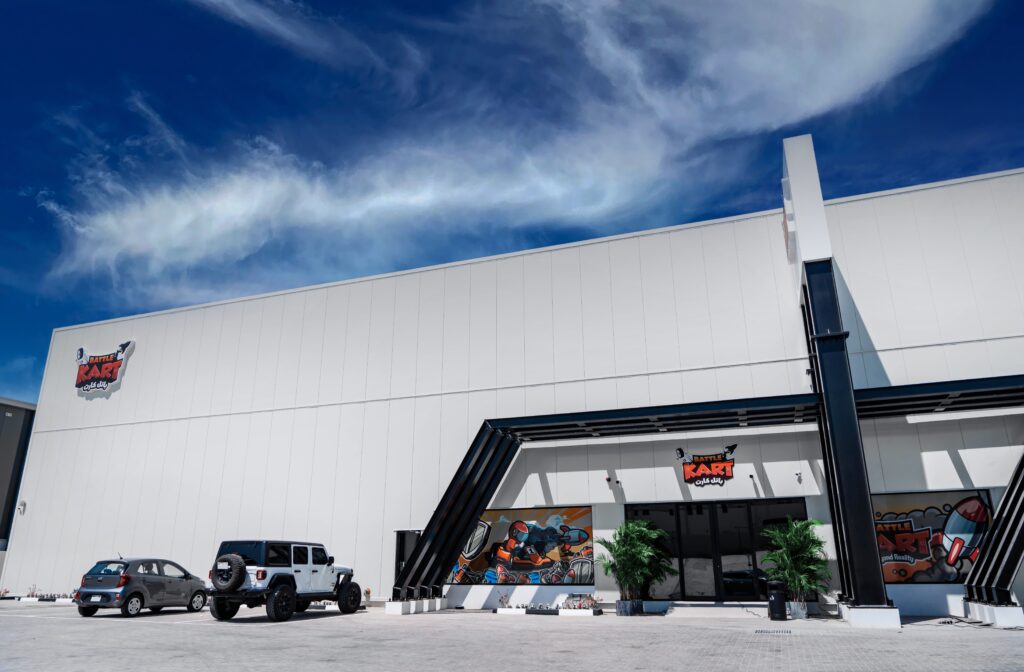
Can Steel Become Magnetic After Working or Welding?
The effects of machining, bending, and welding
Yes—working austenitic stainless steel (like 304) can introduce magnetism into localized areas. This happens when the structure is altered by stress or deformation, creating martensitic regions.
Re-annealing and demagnetization techniques
To return the steel to a non-magnetic state, it can be annealed—a controlled heating and cooling process. Demagnetizing tools can also reset the magnetic state.
Practical implications for manufacturers
Understanding when and how steel becomes magnetic is crucial in industries like automotive, aerospace, and even steel construction Dubai, where precision and performance matter.
Why is Steel Used in Construction?
Steel is everywhere in modern construction. From skyscrapers to bridges, it’s a cornerstone of infrastructure.
Mechanical strength and durability
Steel can withstand massive loads without cracking or breaking. It’s also resistant to fire and earthquakes, making it ideal for structural support.
Availability and cost-efficiency
Steel is widely available, relatively affordable, and recyclable, which makes it a smart choice for large-scale projects.
Versatility across structural applications
You’ll find steel in everything from reinforced concrete to entire steel frame constructions. It can be cut, welded, and shaped into nearly anything you need.
Steel Construction in the UAE
Dubai is a city that’s practically synonymous with modern architecture. So naturally, steel construction in Dubai plays a huge role in its skyline.
Read our guide: Technological Advances In The Construction Industry
Common applications of steel in UAE infrastructure
- High-rise towers like the Burj Khalifa use steel for their internal skeletons.
- Bridges, stadiums, and airports rely on steel for structural integrity and aesthetics.
- Industrial zones and port facilities often depend on steel frame construction companies to build long-lasting warehouses and processing units.
Material selection: Why magnetic vs. non-magnetic steel matters in the UAE climate
In a region with high temperatures and corrosion risk, choosing the right type of steel is essential. For example:
- Non-magnetic austenitic stainless steels are often preferred in marine environments.
- Magnetic steels might be more suitable for structural frames where electromagnetic interference isn’t a concern.
Understanding Magnetism in Metals
Magnetism isn’t just black and white. Let’s break down the science (lightly, don’t worry).
What makes a metal magnetic?
It all comes down to unpaired electrons. When these electrons align with a magnetic field, the metal becomes magnetized.
Ferromagnetism, paramagnetism, and diamagnetism simplified
- Ferromagnetism: Strong attraction to magnets (like iron and steel).
- Paramagnetism: Weak attraction, only when a magnetic field is present.
- Diamagnetism: Slight repulsion from a magnetic field (think copper or gold).
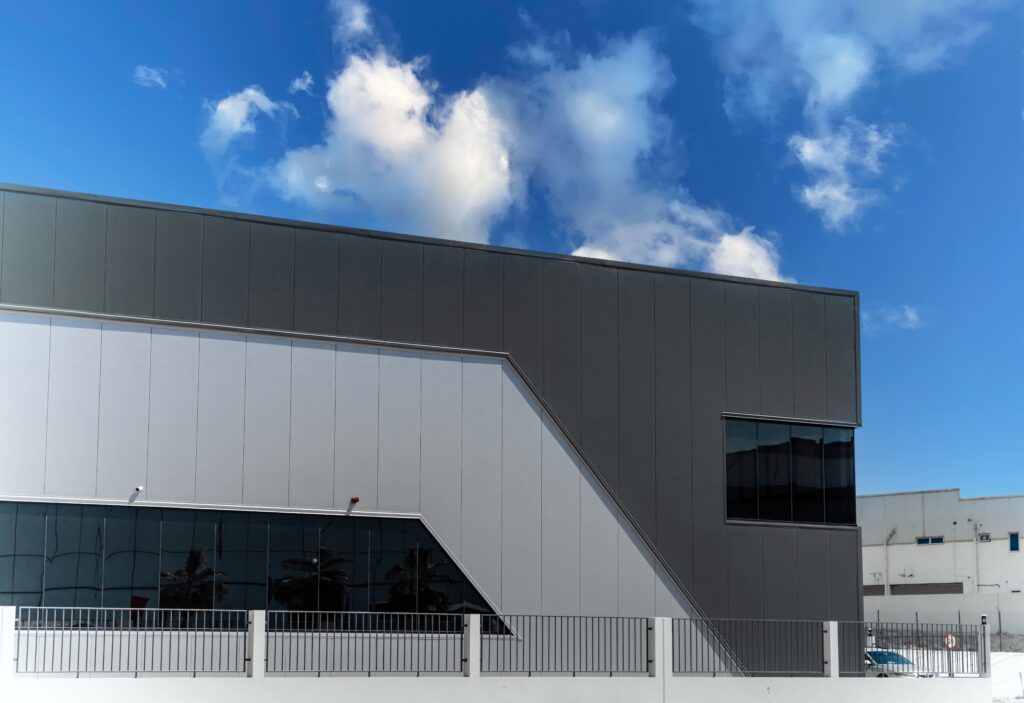
Is All Metal Magnetic?
Nope! In fact, most metals aren’t magnetic in everyday conditions.
Metals that are magnetic vs. non-magnetic
- Magnetic: Iron, steel (mostly), cobalt, nickel.
- Non-magnetic: Aluminum, copper, brass, gold, silver.
Why some non-magnetic metals still interact with magnetic fields
Even “non-magnetic” metals might respond weakly to a magnetic field under certain conditions. That’s due to their magnetic susceptibility—a fancy way of saying how much a material can be magnetized.
Can Steel Alloys Be Magnetic?
Absolutely—but again, it depends.
How iron, nickel, and cobalt influence alloy magnetism
The more of these elements in the alloy, the more likely it is to be magnetic. Most steel alloys with a high iron content can be attracted to magnets.
Examples of magnetic and non-magnetic steel alloys
- Magnetic: Carbon steel, ferritic stainless steel
- Non-magnetic: Austenitic stainless steel like 304 and 316
Conclusion – Is steel magnetic?
We’ve explored the ins and outs of one of the most commonly asked questions in construction and engineering: Is steel magnetic? And now, you know—it depends.
Most carbon steels and ferritic or martensitic stainless steels are magnetic, meaning they can easily be attracted to a magnet. But others, like austenitic stainless steels, are typically non-magnetic unless they’ve been bent, welded, or machined in specific ways. The magnetic behavior of steel really boils down to its chemical composition, crystal structure, and how it’s been processed.
This isn’t just a fun fact—it’s important for real-world applications. From choosing the right material for sensitive electronic environments to working with steel frame construction companies in high-demand regions like Dubai, understanding whether steel is a magnetic material can influence design, fabrication, and even safety considerations.
So next time someone asks you, “Can steel be attracted to a magnet?”—you can confidently say: “Yes, but it depends on the type of steel.”
For projects in fast-growing markets like steel construction Dubai, having this knowledge helps engineers, builders, and suppliers choose materials that perform exactly as needed—whether magnetic or not.
